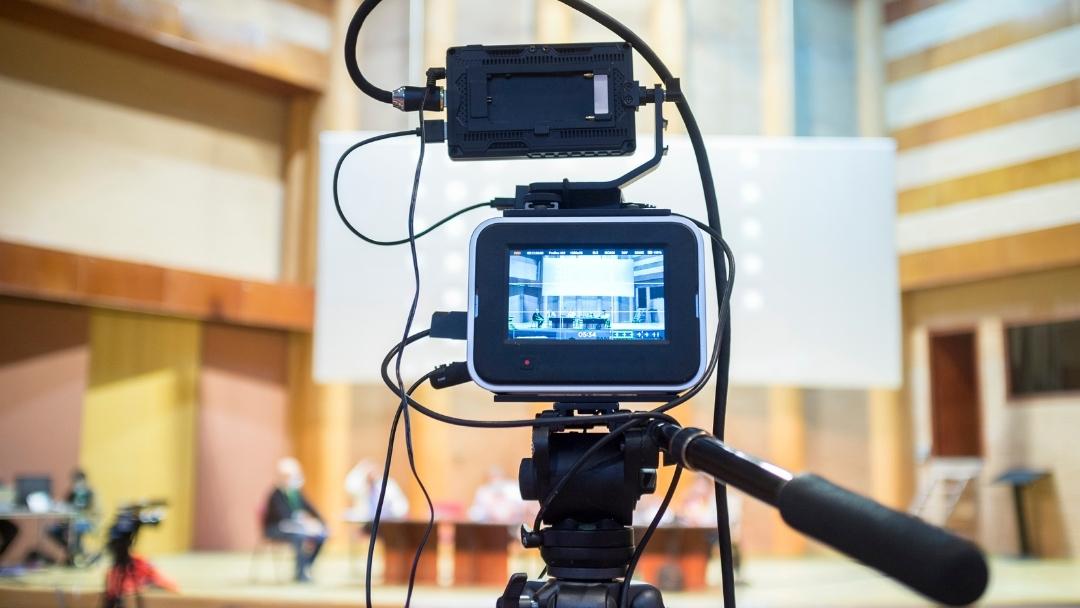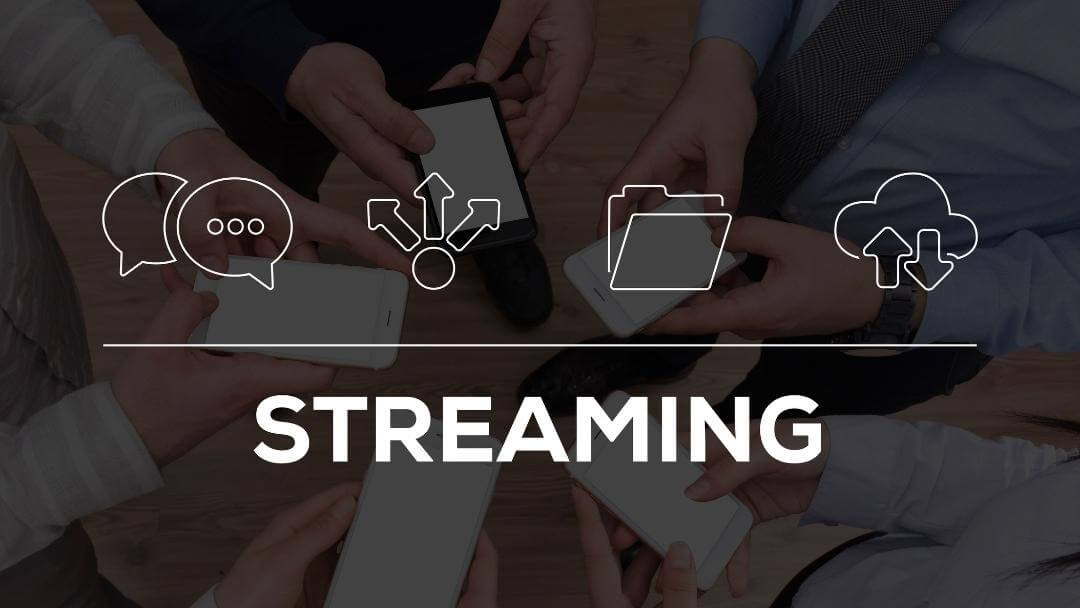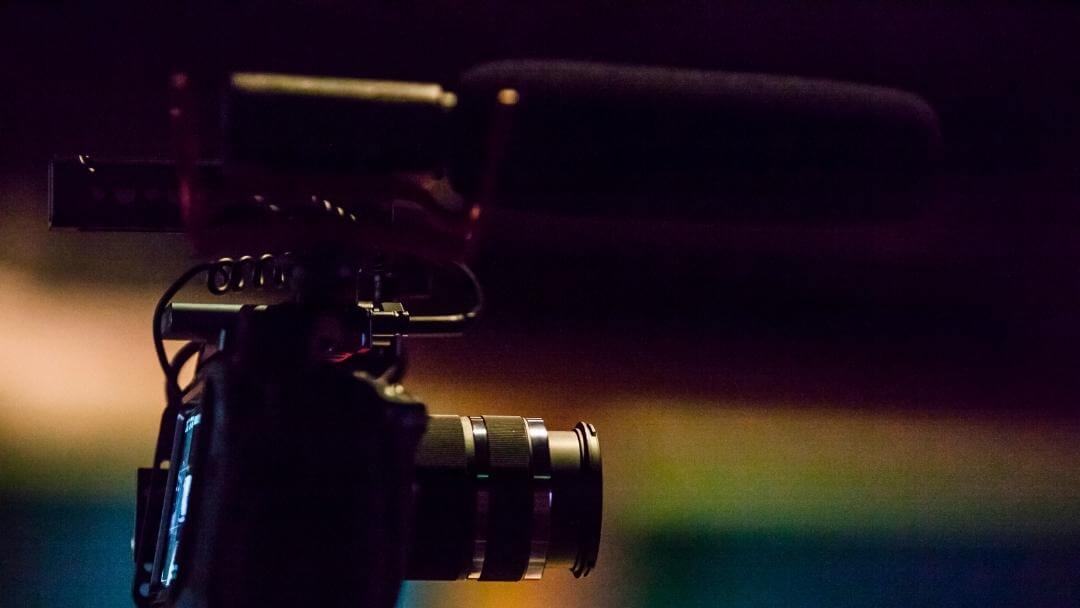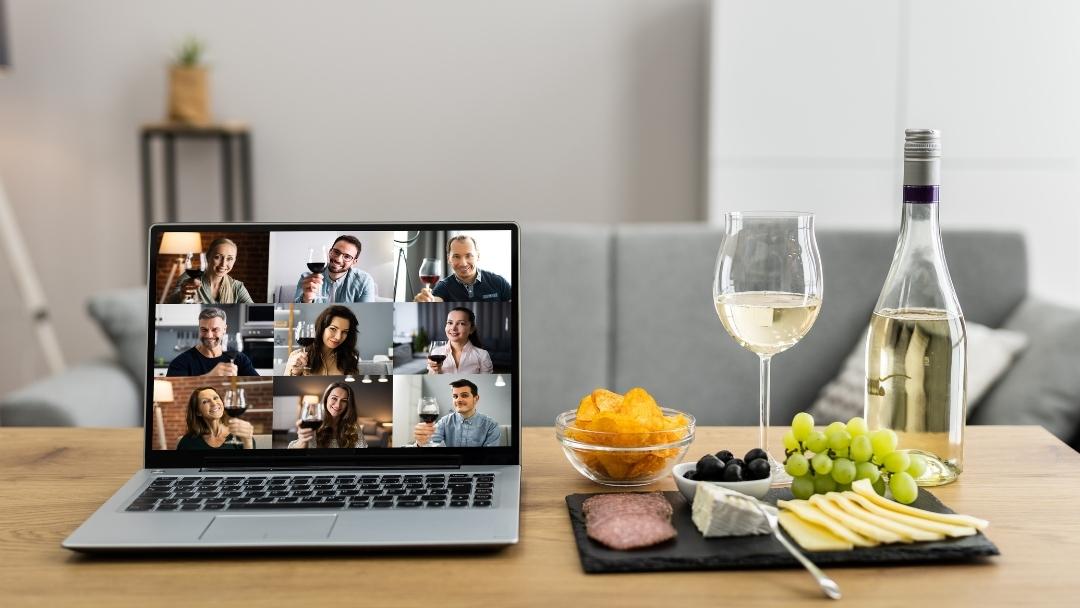What is event streaming? The use of new technologies and social networks has turned a live broadcast into a streaming event. In general terms, event streaming is a service of real-time re-transmission of an event through new platforms. It could be understood as follows: Instead of saying that a marketing seminar is live, it would be a streamed event with no live audience in the studio.
It is also valid for other events. In fact, streaming for events is the origin of this term, as it started as a way to reach a wider audience. There are a multitude of platforms and streaming providers to enable an event to be broadcast in real time so that more people, beyond those present, can enjoy it.
The remarkable thing about streaming events is that it is no longer just a form of communication for companies or one-off events. More and more television channels and media outlets are also using this system to reach a wider audience. It is perfect, not only for this, but also to publicize certain products and for business or corporate meetings, one of the most popular modalities in this type of communication.
Why should you stream your event?

An event does not have to be exclusively in streaming, but every event organizer should at least keep this service in mind when planning their event. The live broadcasting of the event achieves several objectives that will enhance the corporate image of your brand or organization.
Generates more diffusion. As we have said, organizing an event that can be seen 400 kilometers away from the place as if you were present in the room, is a luxury. Therein lies the importance of streaming events. It allows you to be in hundreds of places at the same time and your event to go beyond the walls of the venue and geographical boundaries. Not only those physically present will be able to feel identified with your brand; also those who, from their electronic devices, can watch the conference, the launch or feel that they are part of the event in some way.
Facilitates meetings. Corporate meetings no longer require everyone to be physically present at the meeting point. Streaming these events is the order of the day, since it allows companies to hold meetings with the ease of being at any time no matter where the protagonists are.
It represents a new source of revenue. In addition to the advertisers and sponsors of the event that will allow it to take place physically, by betting on streaming events, you will also be generating revenue from another perspective. The Internet world is very wide and online advertising will be one of the factors to take into account.
It allows you to get to know your audience better. Each company has defined its target audience through different business models, and this is one of the ways to do it. After the end of the streaming event, you can analyze the statistics of the people who have entered the broadcast. In this way, social groups can be differentiated by geography, age or gender and the brand can know which can be an important point for its next moves.
It increases trust in the brand. Young people are looking for renewal, and what better way to renew themselves than by joining the streaming revolution? It will not only be a way to reach them, the employees themselves will see that the company is regenerating itself and looking for a new approach, so they will trust it even more.
What is an event streaming platform?

We recently wrote a post about what the advantages of a virtual event platform are. And we talked about streaming, live streaming and webinars. Well today, in accordance with the previous topic, we are going to know which are the most successful streaming and webinar platforms to create an online event.
Live Event Streaming and Event streaming platforms
Youtube Live
There is no doubt that Youtube is the king of videos on the Internet, the platform with the largest number of users. It allows you to broadcast live, reach the audience in real time and schedule and publicize the event as well as notify all your subscribers of the start of the event.
Another advantage is that it is easy to broadcast, as you only need to copy the streaming URL and share the event with as many users as you want.
Facebook Live
Facebook has recently joined the streaming era and has created its own Live platform. Despite its limited experience in the streaming world, it offers many advantages: it allows live streaming, creating live polls and generating reactions and comments in real time.
In addition, once the transmission is finished, the video can be recorded and posted on the fan page wall.
Vimeo
With Vimeo, we are talking about a more professional platform, and therefore, a paid one. It offers the possibility of sharing in streaming and storing videos for users to comment and interact. The event must be registered to upload videos, create their own profile and leave comments.
Webinar Platforms
Zoom
The boom of this platform has been generated during all these months of pandemic, multiplying its users. Its two main features are the audio and high-definition video it offers. It allows sharing views of the screen as well as splitting it in two to visualize the shared content and the webinar organizers at the same time.
Its’ only drawback is that its free version only allows sessions of up to 40 minutes uninterrupted.
GotoWebinar
It is one of the most popular webinar hosting tools, easier to use and better adapted to mobile devices.
Its main advantages are:
- Giving keyboard and mouse control to any of the webinar participants.
- Schedule events and notify attendees anywhere in the world.
- Offer a large volume of participation (up to 1000 users).
- Allows live polls and surveys.
Google Meet
This is Google’s platform.
With this tool you can make unlimited high quality video calls with 250 users and it possibly has the best audio/video quality.
These are the 6 platforms that currently occupy the top ranking positions for organizing live streaming and webinars. However, there are others such as Instagram live, webex or any meeting.
If you want to stream a big and professional event to thousands of people, you should make use of a great event streaming platform like expertshare.
Six advantages of betting on streaming for your live event

In a society where the possibilities of choosing what to spend our time on are almost infinite, accessibility is more important than ever. Therefore, in this hyper-connected world, live broadcasts can become the perfect ally to improve your communication with your target audience. Here’s why.
Geographical and time barriers disappear
The great advantage of streaming your event is that, once finished, it can be uploaded to the network so that anyone can consume it whenever they want. In addition, it can be seen by everyone regardless of where they are in the world.
Increases dissemination
By rebroadcasting the event in streaming and thanks to social networks, it will be possible to generate more noise and significantly increase the audience of the event. And, practically at the same cost, anyone with Internet access can be part of the event.
Saves costs and generates new revenue
If the corporate event is internal, it will allow the company to save costs by avoiding unnecessary travel. And if the event is open to the public, people who wish to attend can do so from home, free of charge, making the organization of the event less costly for the company.
Likewise, live broadcasting opens up a world of new possibilities for monetizing the event thanks to the possibility of incorporating advertising banners or assigning the rights to other websites in the sector that are interested in broadcasting it.
Greater knowledge of the audience
The Internet will allow us to access a large mass of spectator data which, once analyzed, will become really valuable information (number of users, location, moments of maximum audience, etc.) for decision making.
Direct and personalized communication
Social networks offer you the possibility of interacting with the public during the transmission of the event in a direct and simple way, moving from the classic one-way transmissions to others that are much more dynamic, interactive and bidirectional.
Engagement with the audience
By making the event available to everyone (or, at least, to the segment of the audience we consider), we will also be demonstrating to the public our interest and commitment to keep them informed of the company’s news, involving them in our actions at no cost and allowing them to enjoy the event from the comfort of their own home.
In short: being creative and knowing how to use the tools we have today, we can increase the credibility of the brand, build audience loyalty, increase the number of visits to the company’s web site, and increase the number of visitors to the site.
The technology for live event streaming
The underlying technology behind streaming works by means of a data buffer that stores a download stream on the client computer. This data is then displayed to the user while the download of subsequent data continues in the background.
The main difference with file downloading is that the user does not need to download complete files for viewing.
How is quality streaming achieved?
Optimal live streaming requires a connection with a bandwidth similar to that of the streaming rate. The full development of this technology was not possible until the advent of broadband.
Types of transmissions
Deferred: When the content is previously recorded, such as a video-on-demand service like Netflix or HBO.
Live: Real-time transmission in which case it requires a computer that acts as a source of video and audio recording, a content encoder, an editor and a network for content distribution. Live streaming has latency (delay) since the information will arrive with a delay equivalent to the buffer necessary for its viewing.
Streaming components
- Codecs: Codecs are file compression algorithms. Their name derives from the word coding. The most widely used codec today is H.264.
- Bitstream: Broadcasts are assembled in a container (a file), the most common are FLV, WebM and AVI.
- Transport: Information is distributed from a streaming server to a client using a transport protocol, such as MMS or RTP.
- Control: The streaming client computer can interact with the relay server using a control protocol, such as MMS or RTSP.
Conclusion: Why you need live event streaming
If someone, for whatever reason, cannot attend your event in person, you can still offer these prospects the chance to get access to all of the content. Nowadays, we have the technology to see and participate even in events that take place on the other side of the world (and without leaving our homes) thanks to streaming for events or, what is the same thing with just a different name: Live broadcasts.
Streaming has become the most practical solution to increase the impact and diffusion of corporate events and, at the same time, project an innovative image of the company. Moreover, it is relatively simple and inexpensive to carry out thanks to the platforms and social networks that increasingly allow us to broadcast live. So if you plan your next event, don’t forget to think about live event streaming in advance.
Contact us if you need an experienced team to produce your whole live event as a stream.






